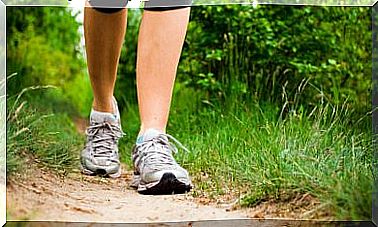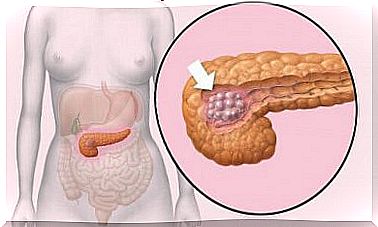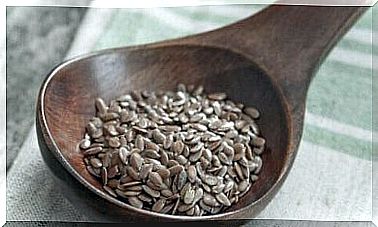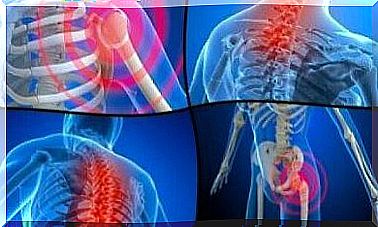Risk Factors For Osteoporosis – Find Out How To Protect Yourself
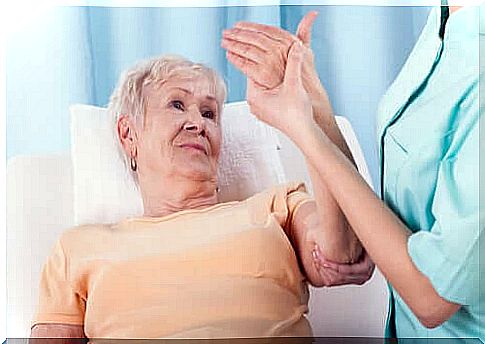
Osteoporosis risk factors explain its occurrence in certain population groups. It is a common disease that can affect both men and women.
It is characterized by reduced bone mass and increased fragility of skeletal components, leading to an increased risk of fractures. This condition weakens the bones and exposes them to injuries that would not otherwise occur.
The most common fracture sites due to brittleness are the spine (in the form of compression fractures), the hip and the wrist. In the United States, it is estimated that over 53 million people already have the disease or are at high risk of osteoporosis due to low bone mass, according to the National Institutes of Health (NIH).
But what are the risk factors for osteoporosis ?
Osteoporosis risk factors
A fall from a standing position, a collision with something or a simple trauma are the source of fractures with reduced bone density. Not everyone reaches the extreme stage of this disease, but there are risk factors that predispose to osteoporosis. Let’s take a closer look at this topic.
A diet low in calcium
Eating habits can increase the risk of developing osteoporosis. A diet without enough calcium and vitamin D contributes to weak bones. Calcium helps build bone structure and vitamin D helps maintain bone strength.
Dairy products are high in calcium and some non-dairy products contain added calcium. It can also be obtained from supplements, although the ideal is to obtain as much of this element as possible naturally, i.e. from food.
Vitamin D is available in fatty fish such as salmon and tuna. In addition, it is added to many types of milk and cereals. Our skin also produces vitamin D when exposed to sunlight. In this case, however, be careful to avoid too long exposure to the sun during risky hours.

Risk factors for osteoporosis include a sedentary lifestyle
An inactive lifestyle, or filled with too long periods of rest and inactivity, unfortunately results in a marked weakening of the bones. The same thing happens when someone spend long periods lying down due to illness or after surgery.
Bones, on the other hand, respond perfectly to exercise and movement that make them stronger. Weight and strength exercises are best , which include walking, running, climbing stairs, tennis, dancing, lifting weights, and using weight training machines.
Smoking
Smoking is bad for your bones as well as your heart and lungs. Women who smoke have lower levels of estrogen compared to nonsmokers and often go through the menopause earlier.
Smokers may also absorb less calcium from their diet. When low estrogen levels are combined with a calcium deficiency, bones cannot rebuild what has been damaged by aging. Therefore, smoking is one of the best known risk factors for osteoporosis.
Consuming alcohol
Excessive alcohol consumption increases the risk of bone loss and fractures in young women and men. In addition, it can also lead to poor nutrition and an increased risk of falling.
It goes without saying that all the other harmful effects this drug has on health. In alcoholics, liver failure, cardiovascular disease, and central and peripheral nervous system disorders may develop.
Use of certain medications
Long-term use of certain medications can also lead to bone loss and fractures. Risky medications include glucocorticoids, aluminum-containing antacids, certain cancer medications, high doses of thyroid hormone medications, and some anticonvulsants.
However, not all medications have risk factors for osteoporosis, but it is important that they are prescribed by physicians who will appropriately evaluate the interactions and the patient’s condition. If calcium loss is possible among the side effects, they should be taken with caution, especially in menopausal women.
Other related risk factors for osteoporosis
Women also have an increased risk of developing osteoporosis just because of their gender. They have proportionally less bone and lose it faster than men due to the changes that occur during the menopause.
It also happens that the risk of osteoporosis increases with age. Bones lose density as they age and become thinner and weaker. This is more noticeable in people with a slight build.
Similarly, a family history of early or unexplained fractures may indicate risk factors . Although it is not a family disease, there are genetic links that explain the emergence of osteoporosis in some people.
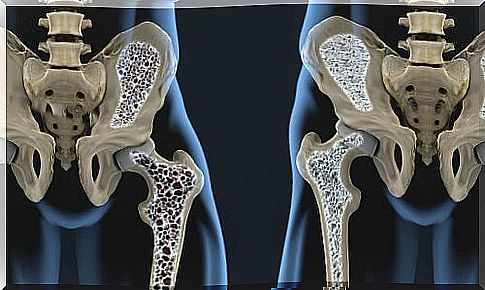
Change risk factors to prevent osteoporosis
Osteoporosis is a condition that seriously affects your quality of life. While the future development of the disease cannot be predicted, risk factors can be identified to prevent it.
Some characteristics cannot be changed, such as gender or age, but other risk factors for osteoporosis are related to habits that can be changed. Diet, exercise, sun exposure, smoking or alcohol are all within range. Don’t wait it’s too late – choose health!


